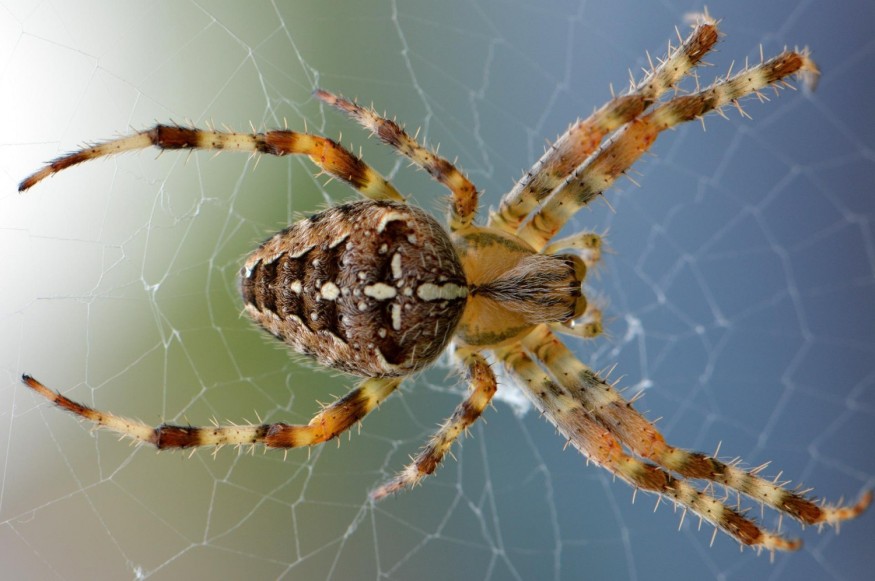An ecologist and her team discovered the alternate sleeping habits of the spider species Evarcha arcuata. They also discovered that the spiders experienced REM phases during sleep. The team's initial findings were published in Proceedings of the National Academy of Sciences.

Scientists Discovery of REM on Jumping Spiders
Daniela Rößler, a behavioral ecologist, caught local jumping spiders and kept them in clear plastic boxes on her windowsill, intending to test their reactions to 3-D-printed predatory spider models. However, when she returned home, she saw the spiders hanging from the lids of their boxes, and she thought they were dead. She realized that they were sleeping.
She purchased a cheap night-vision camera to monitor the spiders, attached some magnifying lenses with duct tape, and pointed it at a sleeping female spider. The spiders just hung there, but the female spider's legs began twitching, as well as her abdomen and silk-producing spinnerets. Her legs curled in toward her sternum at times.
These strange movements only appeared during distinct bouts that lasted more than a minute and occurred periodically throughout the night. They were twitching uncontrollably in a way that looked like when dogs or cats dream and have their little REM phases.
Lisa Taylor, a behavioral ecologist at the University of Florida, said it wouldn't surprise her in the least if jumping spiders have dreams. The spiders live in such a sensory world and have incredible cognitive and memory abilities.
Rößler discovered that when she recorded 34 sleeping spiderlings, their twitches were accompanied by unmistakable eye-tube movements that did not occur during other stages of sleep.
Scientists Continue to Explore the Possibility of REM on Other Spiders
Because of specific aspects of their ocular anatomy, jumping spiders provide a unique opportunity to expand the realm of dreaming animals. Though most spiders can't move their eyes even when awake, jumping spiders have long tubes that move their retinas around behind their large primary eyes. Furthermore, the spiders' exoskeleton is translucent for the first few days of life, allowing those eye tubes to be seen inside their heads.
Klein cautions that it is too soon to say that the spiders are experiencing something similar to REM sleep in humans. The researchers must confirm that the spiders are asleep during this phase by demonstrating that they are less responsive to their surroundings.
Rößler and her dream team of co-authors have already begun the testing process. She also points out that the leg curling is a particularly striking aspect of the spiders' REM-like phase because it is typically seen only in dead spiders. Spiders use muscle pressure to extend their legs, and the curling could be caused by the muscle paralysis that characterizes REM sleep.
REM on Different Animals
According to the Sleep Foundation, REM sleep is experienced by many terrestrial mammals, including primates, some reptiles, birds, and aquatic invertebrates. The amount of REM sleep varies greatly between species. Because elephants sleep so little, REM sleep does not occur daily.
Some animals, such as dolphins and whales, do not exhibit typical REM sleep behaviors. On the other hand, whales exhibit muscle jerking that may indicate REM sleep.
The sleep cycles differ between species as well. Humans have REM sleep every 90-120 minutes while sleeping, whereas mice have REM sleep every 10-15 minutes.
The National Institute of Neurological Disorders and Stroke stated that REM sleep begins approximately 90 minutes after falling asleep. Behind closed eyelids, the eyes move quickly from side to side. Mixed frequency brain wave activity approaches that of wakefulness.
RELATED ARTICLE : Glowing Spider Fossils Specimens Preserved, Unveiling Reason Behind Their Lighting
Check out more news and information on Environment in Science Times.











